If you are doing paid search, paid social or SEO, and are not optimizing your conversions, you might be leaving money on the table.
Here is a true story shared by Momoko Price, partner at Kantan Designs: a company was investing thousands of dollars a month into PPC campaigns but wasn’t optimizing or even tracking on-site conversions. The AdWords department was focusing on getting clicks without any insight into whether or not they were getting leads. Back-of-the-napkin calculations showed that the average cost per acquisition (CPA) was $1,100. The estimated customer lifetime value was $1200. You can do the math.
This is an extreme case, but the truth is, if you don’t have a page that converts, you end up just paying for clicks instead of conversions. CRO can help you get more from your advertising dollars.
How to get a higher return on paid search with CRO
1. Use CRO to improve the landing page experience and turn more visitors into customers
When we make the landing page more compelling and user-friendly, it lifts conversions and starts an upward spiral of success: higher conversions > lower CPA > higher return on ad spend (ROAS) > increased ad budget > increased overall revenue and profit.
It may take a few tests to get a strong lift in conversions; it depends on how much research goes into building your test hypotheses. A legal services firm saw the positive impact of CRO in the very first test they ran on their paid search landing pages. Originally, the value proposition above the fold was not scannable and not easy to understand quickly. The CRO team at 3Q Digital created a variation that described the benefits the firm’s services clearly and concisely using the headline and a bulleted list. As a result, lead form submissions went up by 24% at 95% statistical significance.
Control:
Variation:
2. Use CRO to determine the best landing pages for paid traffic
When dedicated landing pages for search ads are not available, a lot of companies drive paid traffic to the homepage. Chris Goward’s “scent trail” metaphor shows why this might be hurting their results. Imagine: the ad promises a solution to a specific need the customer has – the “prey scent” is very strong. The customer clicks the ad and lands on the homepage that offers multiple products or services – the “scent trail” became much weaker. The customer now has to figure out how to get to the product or service they were originally interested in. This creates friction, and the risk of a bounce is very high.
CRO can help map out an effective customer journey from ad to conversion. The good news is, you don’t always have to create new landing pages from scratch. Simply redirecting paid traffic to a different page on the website can increase conversion rates. Here is how a regional bank reaped the benefits of this approach.
The bank was looking for a way to get more website visitors to submit a loan application. Paid search campaigns were driving people to the homepage. However, Google Analytics and Hotjar data showed that after landing on the homepage, many users instantly clicked the ‘loans’ tab in the top navigation. Our CRO team hypothesized that sending paid traffic directly to the loans page would better match the high motivation of the users and would increase conversions. It worked – with loans page as the new landing page for paid traffic, there was 51% lift in loan application submissions.
Control – homepage:
Variation – loans page:
If you do have custom landing pages for search campaigns, make sure to track their post-click performance. A story shared by Momoko Price shows why it matters:
“A client shared their PPC landing page metrics with me but hadn’t actually calculated which landing page variants were performing best past the click (they were only looking at impression-to-ad CTR, but not the landing page conversions-per-PPC click rate). After looking into it, I discovered that the highest-performing PPC ad-group was driving traffic to a *sub-optimal* landing page variant. By directing that traffic to the highest performing landing page variant, we were able to substantially lower the overall CPA.”
3. Use CRO to increase lead quality
With CRO, you can make informed changes to the landing pages that drive not only initial conversions, but also deeper metrics, such as sales, LTV, and ultimately profit.
Steven Shyne, senior CX strategist at 6D Global shares a story about an experiment that impacted both conversions and lead quality:
“Our client, a telecom solutions provider, was debating whether or not to show pricing on the landing page. On the one hand, there was pressure from internal stakeholders and competitors to list the prices. On the other hand, the company provides customized quotes to its customers based on their business needs, and showing boilerplate pricing would go against this core value proposition. Our hypothesis was that removing pricing from the landing page would encourage prospective customers to fill out the form and request a precise quote. This would increase engagement with the sales team and improve metrics all the way through the sales funnel.
“The variation with the pricing information removed showed a 47% increase in qualified leads. Our client is continuing to see very strong performance and we are continuing to test/optimize when, where, and if at all we show pricing, all the way from ad unit to landing page to lead qualification page.”
Control:
Variation:
In summary, the connection between paid search and CRO is natural and profitable.
Miguel Madrigal, search account lead at 3Q Digital sees CRO as a big value multiplier: “As performance marketers, there is only so much we can do on the front end. We can take the search queries, match them to keywords and ad copy, then mirror the ad copy on the landing page. If we tie these pieces together, we have done everything in our power. Working in tandem with CRO, always iterating, we can use the engagement and traffic we already have to drive better results.”
How to get more from social ads with CRO
There is a lot of pressure on social ads and landing pages to be both relevant and engaging. CRO can provide a valuable boost and help beat cat videos in the battle for customer attention.
Here’s how you can use CRO to make your social ad campaigns more effective.
1. Use CRO to create compelling ad copy and landing page copy
Conversion research can help identify the customers’ biggest pain points, desires and objections and translate them into effective copy. Customer interviews, surveys, Exit Intent Polls, customer reviews mining, etc., are great sources of powerful messaging that speaks to customers in their own language and drives action.
Talia Wolf, CEO at GetUplift, always uses in-depth conversion research to inform Facebook Ad and landing page copy:
“We use our emotional targeting research to optimize every step in the funnel, including social ads and social content. During a project with Fiverr last year, we worked to identify the prospects’ stage of awareness and their emotional drivers. We discovered where the customer was emotionally in the buyer journey. These insights helped us write new Facebook ad copy, choose new hero images and craft a new landing page strategy which got a 17% increase in conversion rates.”
2. Use CRO to optimize the landing page experience for the visitors coming from social media
Scott Olivares, growth and conversion director at Nabler, shares a story about how tailoring the landing page to social traffic helped boost engagement:
“Our client, an online university, invests heavily in social media advertising. All of the visitors from their campaigns go to landing pages made specifically for those campaigns. The lead acquisition rate was pretty bad, which made the cost per lead very high.
“In our research, we discovered that desktop visitors had a much higher conversion rate than mobile visitors – at least double. However, mobile visitors made up about 80% of all traffic. When we looked at the landing pages, we saw that they were very text-heavy and obviously designed with desktop in mind. We came up with a new experience designed specifically for mobile visitors referred by a social media site – people who are looking for a quick endorphin boost from something funny or interesting, that doesn’t take too much effort to consume. Our new experience condensed all the content into about five single lines listing the excuses that people usually have for not going back to school. The excuses were crossed out with a plus sign next to them. Clicking the plus sign revealed why that particular excuse was no longer valid at this university.
“This had a tremendous impact and many more mobile visitors began down the lead path. The lead start rate increased by 19% with 95% statistical significance.”
Control: Variation:
CRO can help you make the most of your investment in paid traffic – both search and social. If your focus is organic traffic, CRO can help on this front as well.
How to get more from SEO with CRO
First, the burning question: does CRO help or hurt SEO?
Rand Fishkin from Moz has the answer:
“The truth is, there is no conflict between the two. Here are the broad elements that factor into the page’s ranking ability:
- keywords and on-page (content and HTML source code)
- content quality
- user and usage data
- domain authority
- page authority (individual shares and links)
- SPAM analysis
Changes made to the page with CRO affect just the first three factors. Nothing you’re going to do with CRO is going to have a negative effect on your domain authority, your page authority or SPAM analysis. If you are doing high-quality CRO and your conversion rate is rising, you are positively impacting two of the factors: your content quality signals and your user and usage data (with improved user experience, more people are spending time on the page, more people are engaging, Google ranks the page higher). The only factor we need to worry about is keywords and on-page. Here you just need to stick to some basic principles:
- Put the words and phrases you are trying to rank for into HTML page title – you probably won’t be messing with your HTML page title when you are doing CRO anyway
- Use your target words and phrases in the URL (URL doesn’t matter much for CRO)
- Use your target words and phrases in the headline – headline does matter for CRO, but you almost certainly want to have the terms and phrases you are going after in your headline for SEO as well as CRO.
Long story short – there is no CRO requirement that would interfere with getting your SEO right.”
The goal of SEO pages is providing information, building awareness and authority; however, it doesn’t mean they can’t have commercial value and generate conversions. You can use CRO to turn SEO pages into additional funnel entry points.
Harrison DeSantis, SEO account manager at 3Q Digital, firmly believes in optimizing SEO pages for conversions: “I wish I could use CRO on every SEO account! We are putting in effort to drive traffic to these pages; I want to make sure we don’t squander it. Since SEO pages are top of the funnel, most visitors might not become customers right away, but then there are those organic visitors who are ready to convert. We want to make it as easy as possible for them to take action. Not everyone is going to do it, but everyone needs to know that they have the option to take the next step – the end game they can go back to when they are ready.”
Here is an example of how a company used this approach and saw substantial lifts in conversions on SEO pages:
A platform for getting psychic advice has a dozen high-ranking SEO pages. However, in the past these pages generated very few registrations – most visitors left immediately after reading the content. Conversion research showed that the next steps on SEO pages were not obvious, the visitors were not engaging with the call to action on the right rail, possibly because of “banner blindness”.
Our CRO team ran a test placing a call to action into the body of the article, directly in the line of sight of the reader. The goal was to create interest and provide an easy opportunity to take action. The experiment was successful – the variation showed a 94% lift in registrations at 99% statistical significance.
Control:
Variation:
In the follow-up test, the team focused on improving the mobile experience on SEO pages by adding a “sticky” drawer CTA with an offer relevant to the article content. The variation provided the page visitors an opportunity to enter the funnel easily at any point during their session. The variation showed a 349% lift in registrations at 99% statistical significance.
Control: Variation:
Conclusion
CRO is a superpower that can help you amplify results from paid search, paid social, and SEO, and position your business to scale effectively online.
Here is a checklist of how you can use CRO to make the most of your user acquisition dollars:
- Use CRO to improve relevance and clarity and ease of landing page experiences for paid search campaigns.
- Use CRO value proposition testing to create winning ad campaign copy.
- Use CRO to determine the best pages to drive paid traffic to.
- Use CRO to increase lead quality.
- Use CRO to inform ad and landing page copy for paid social campaigns.
- Use CRO to tailor landing page experience for social traffic.
- Use CRO to drive conversions from SEO traffic.
Svitlana Graves is CRO specialist at 3Q Digital.
source https://searchenginewatch.com/2018/04/23/how-to-use-cro-as-a-power-boost-for-paid-search-social-ads-and-seo/
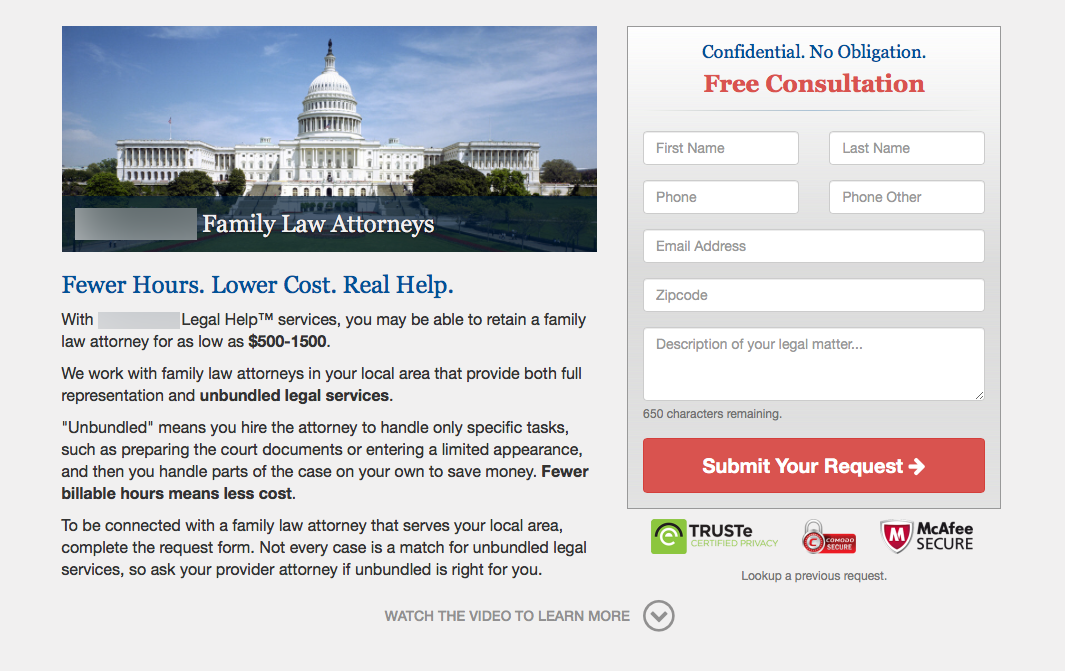

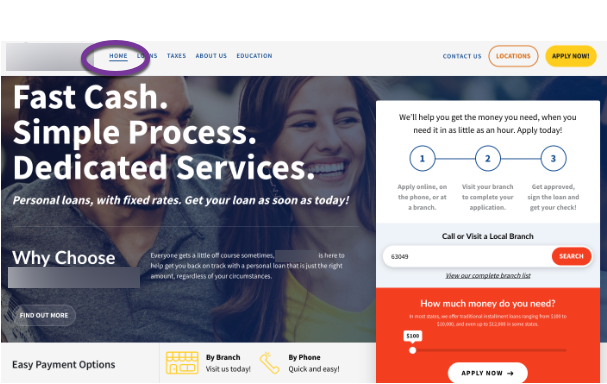



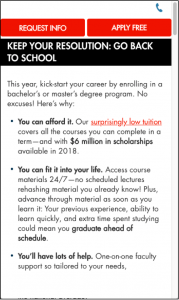

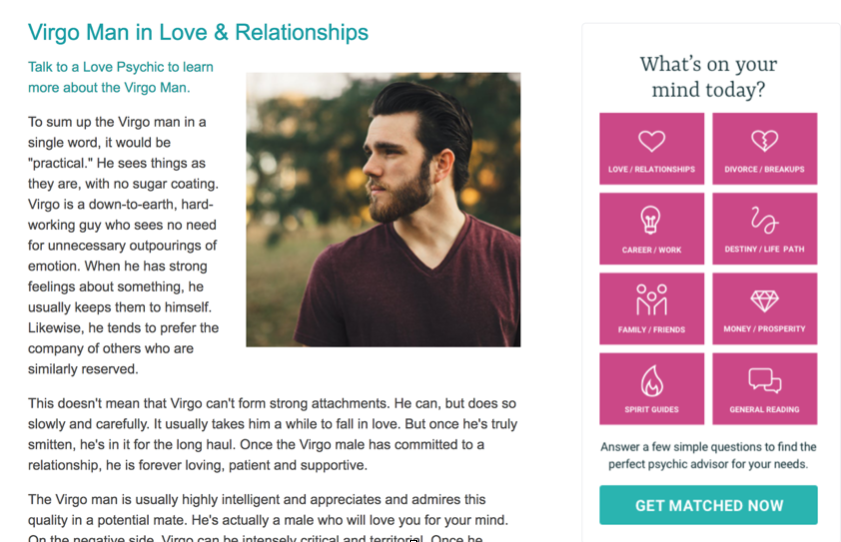
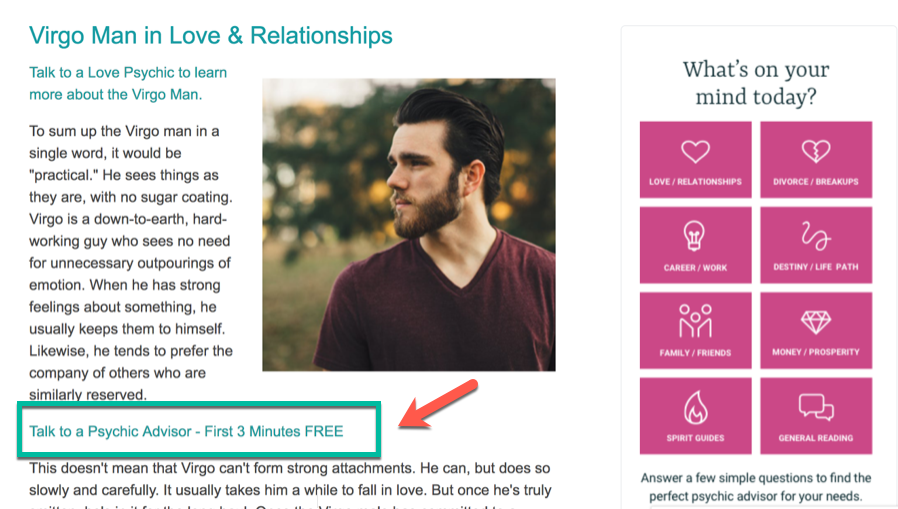


No comments:
Post a Comment